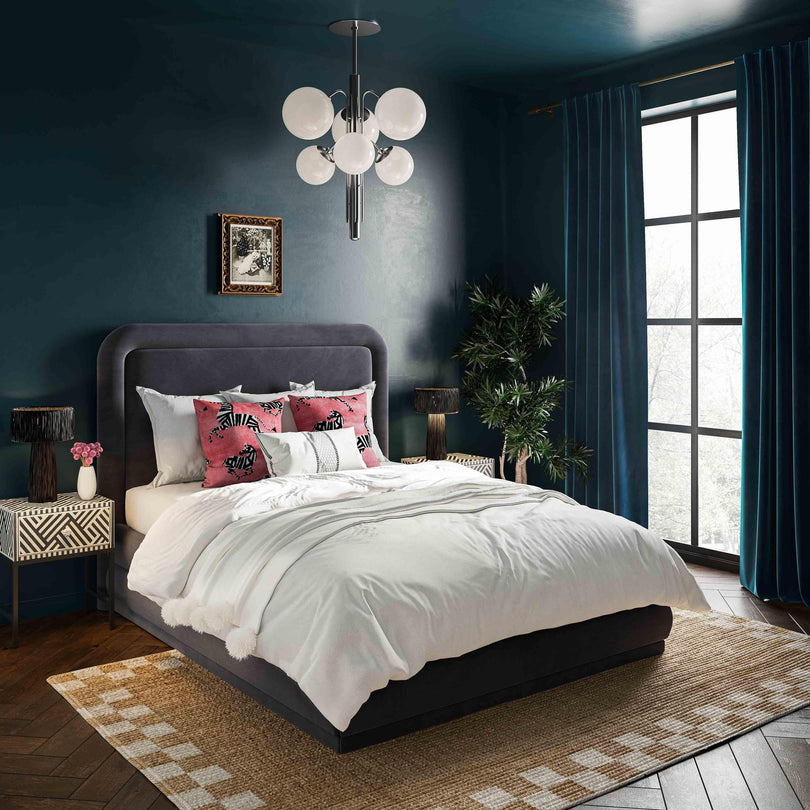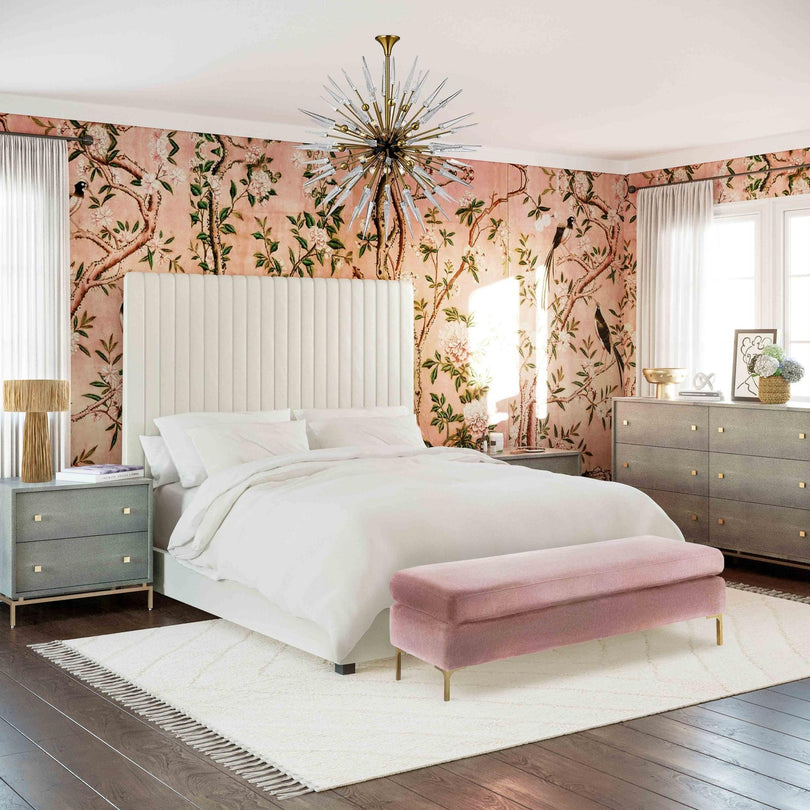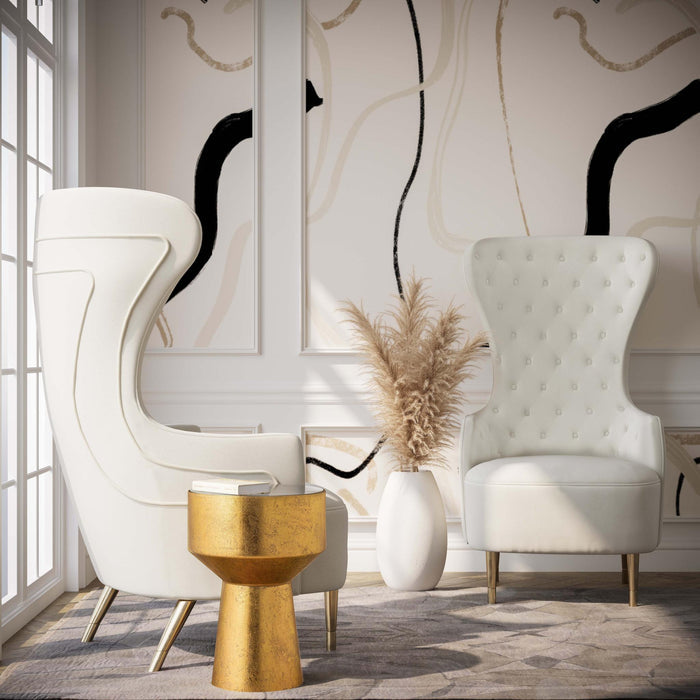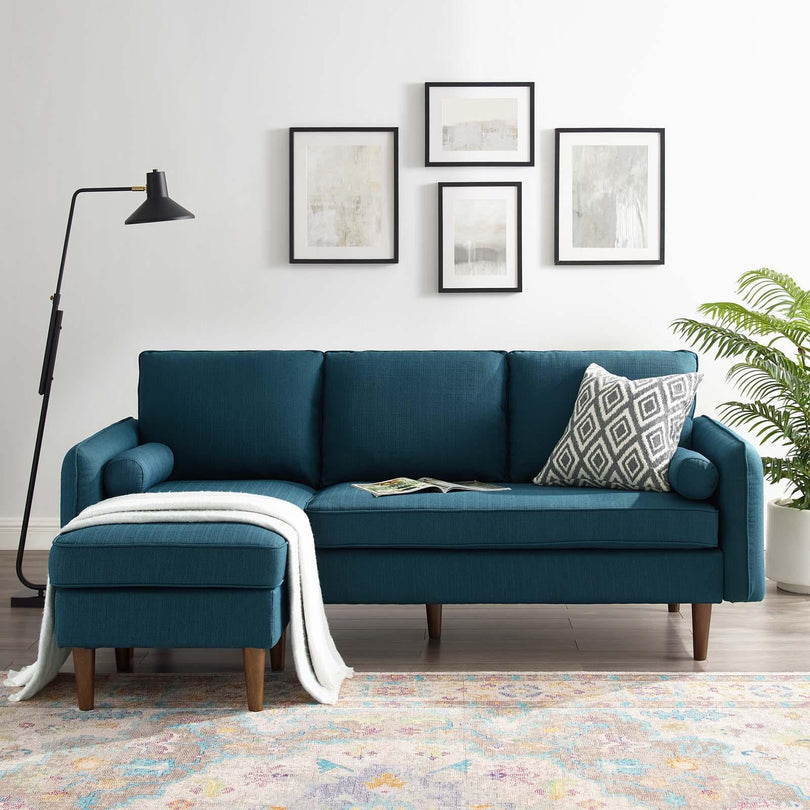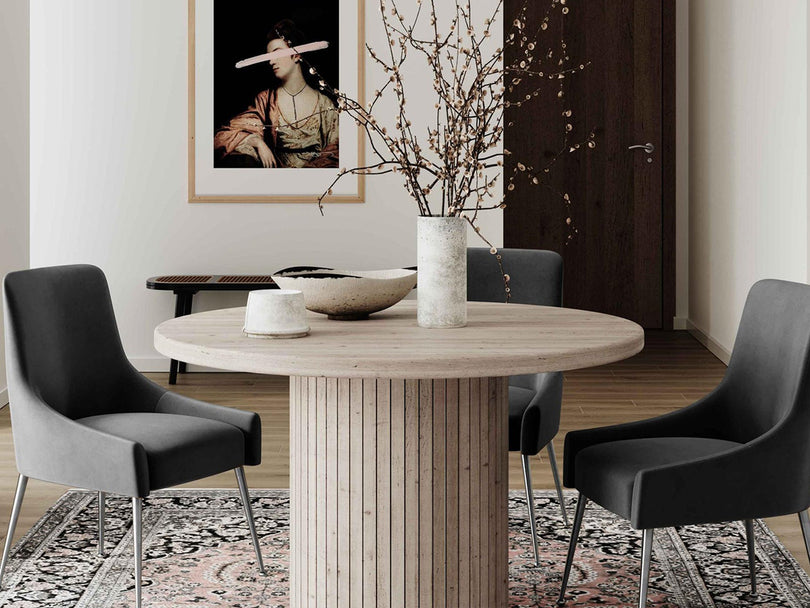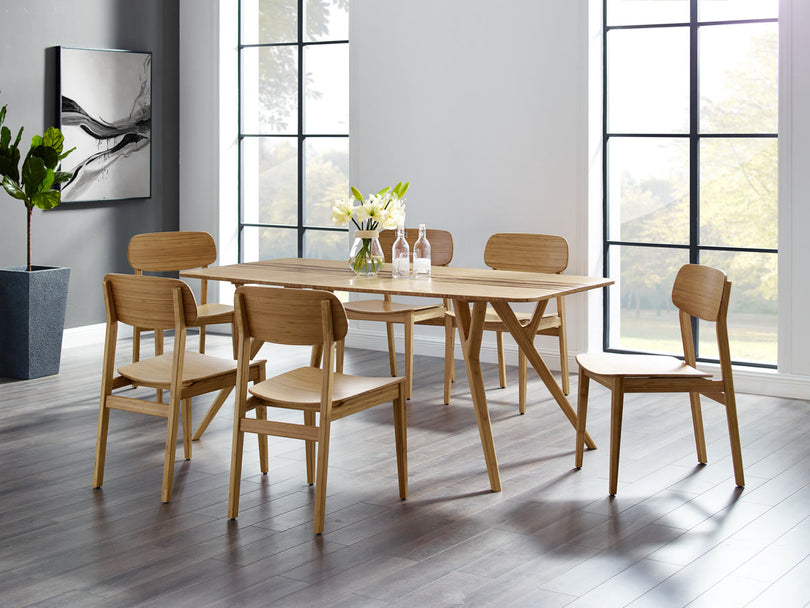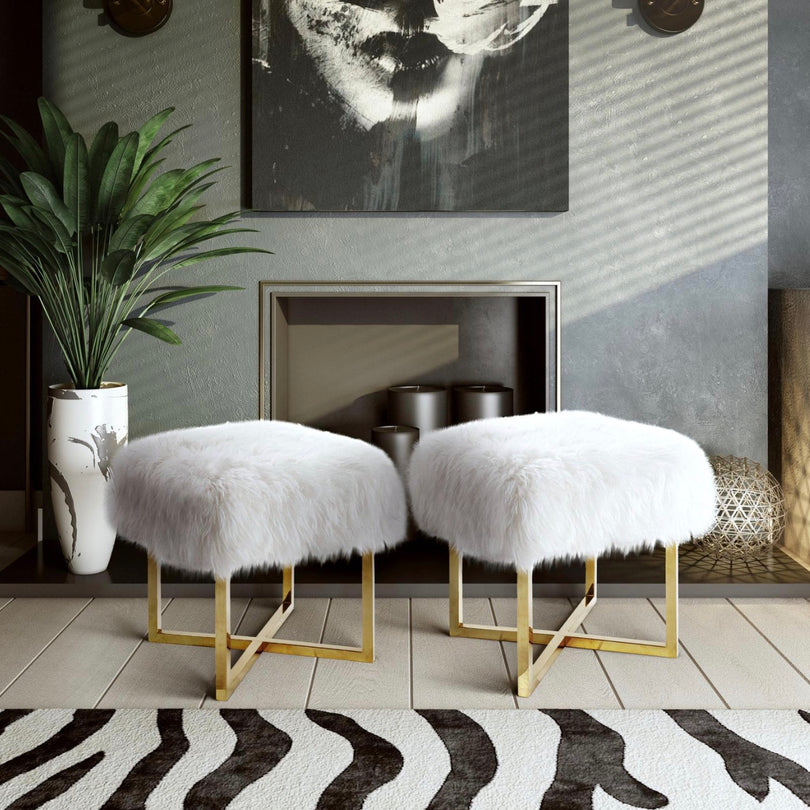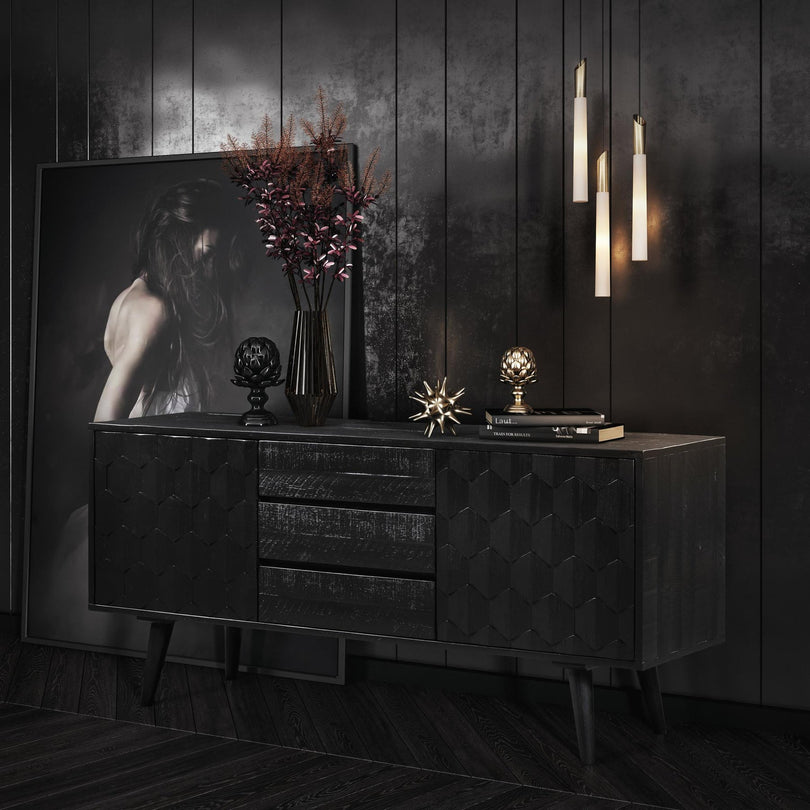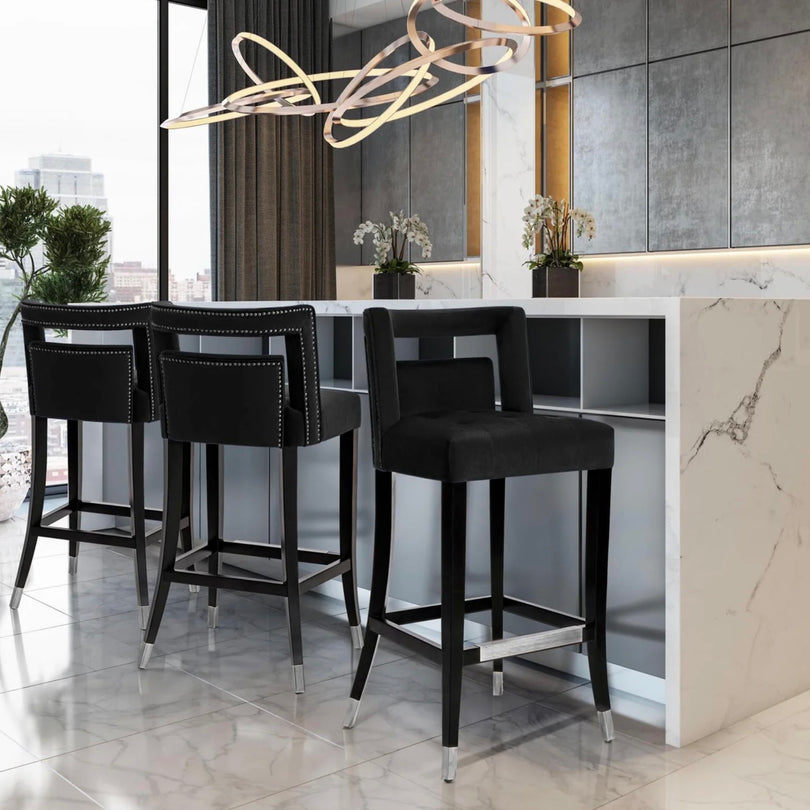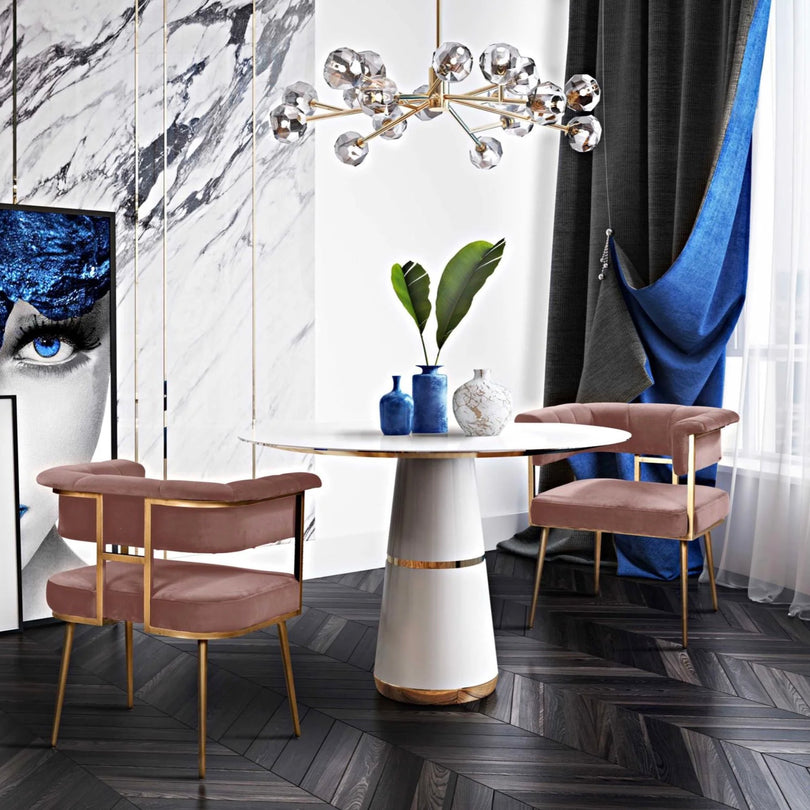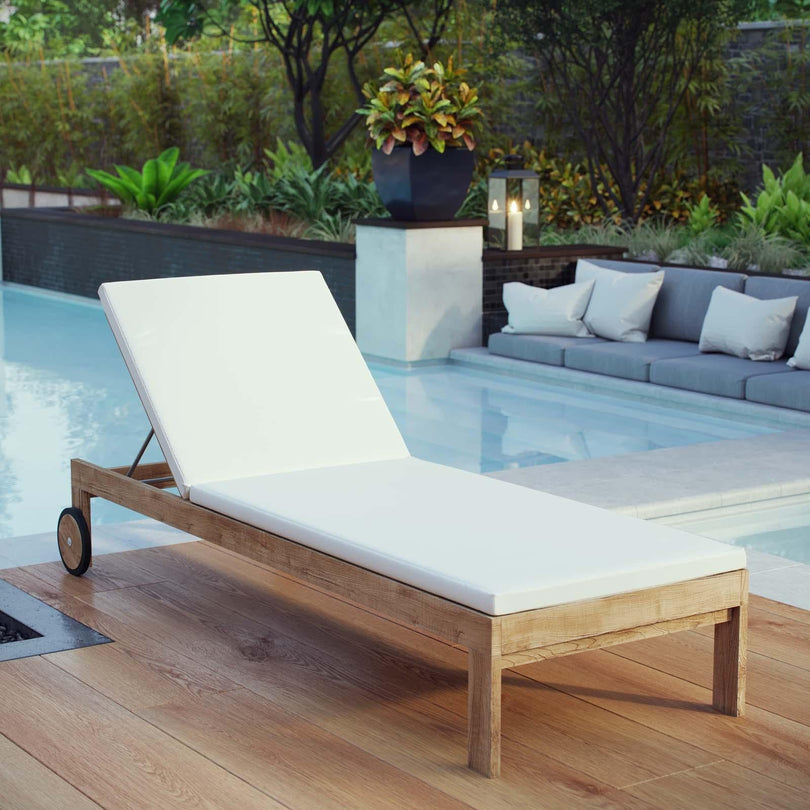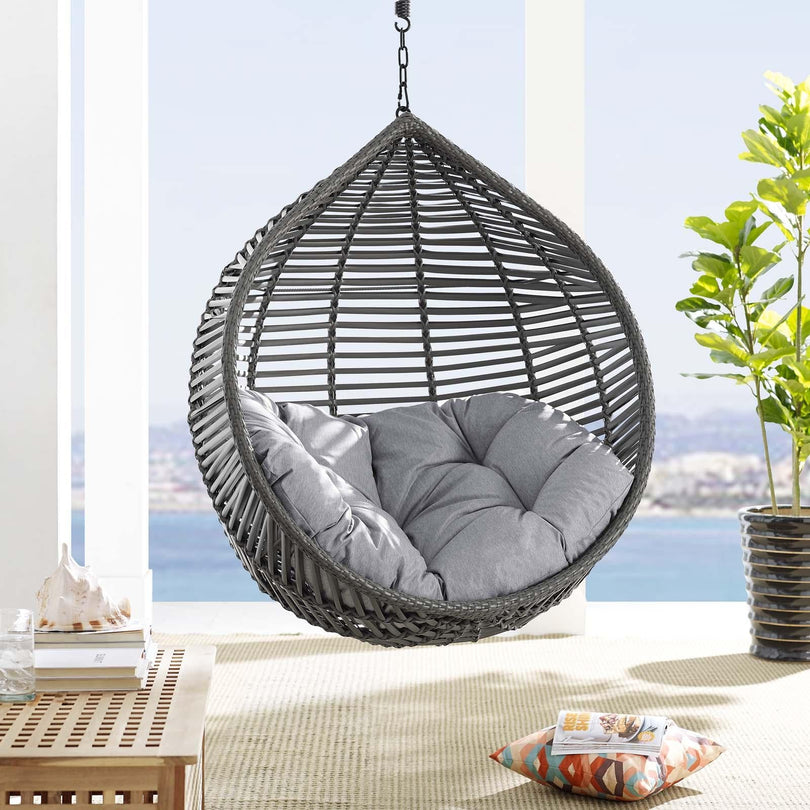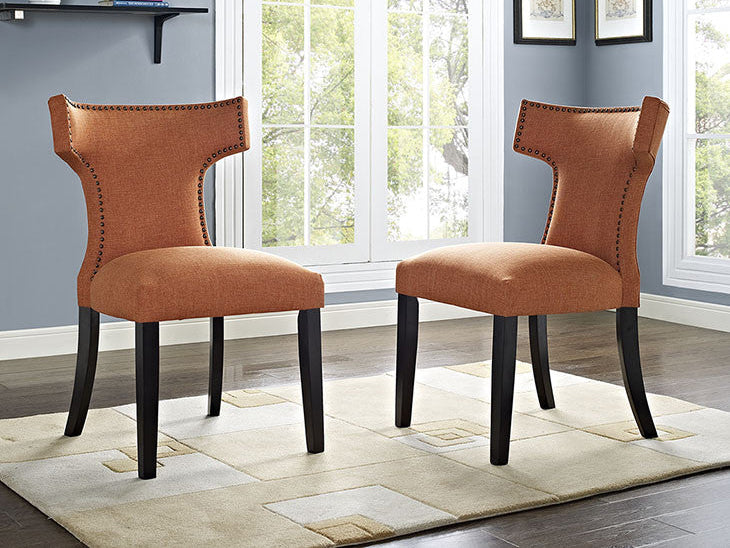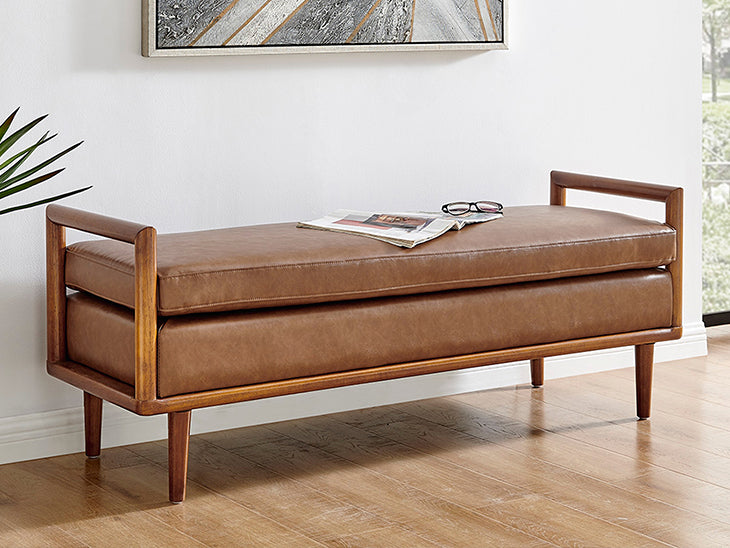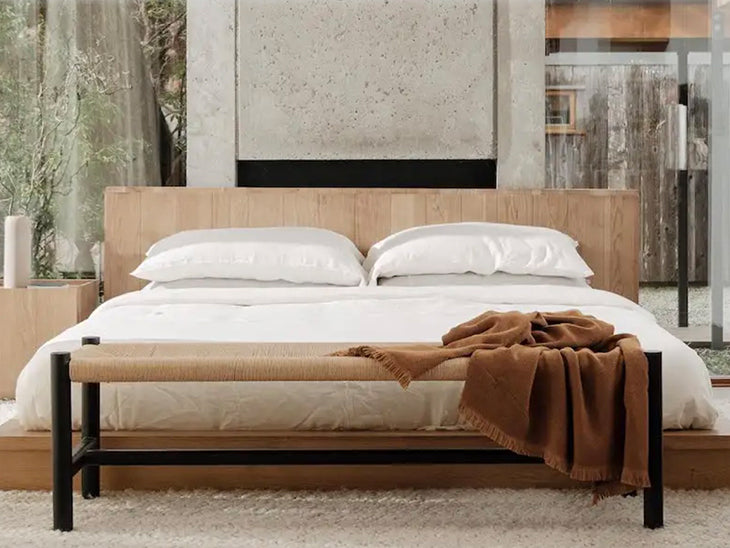Few interior design trends have as enduring and profound an impact on our lives as the rise of minimalism. This aesthetic movement, embraced and popularized throughout the 20th and 21st centuries, emphasizes the ethos of "less is more". And now, it seems like the minimalist wave is set to engulf the furniture industry. Indeed, as predictions indicate, the year 2024 should witness a decisive shift toward minimalist furniture. Our homes can expect to welcome an influx of sleek, functional, and eco-friendly furnishings that personify the minimalist ethos.
As you journey with me through this article, you will discover why minimalism is currently all the rage. Equally, you will learn about the key characteristics of minimalist furniture, the furniture trends forecast for 2024, how to incorporate minimalism into your home, and finally, the significant impact received by the furniture industry due to minimalism. Peek into the future of furniture, find inspiration and become part of the minimalist decorating movement that is more than just a trend - it's a lifestyle.
The Rising Popularity of Minimalism
Minimalism, once a niche approach to life and design, has surged in appeal over recent years. It's become an increasingly popular lifestyle choice, celebrated for its emphasis on simplicity and the value it brings to one's life. A far cry from the cluttered consumer culture of excess, more and more individuals are finding refuge in this stripped-down, intentional way of living.
Driving Factors
The popularity of minimalism isn't just a random trend; it's a response to numerous societal and individual factors that have driven people towards more sustainable, mindful living. Let's shed some light on these:
- Growing awareness about Sustainability: The minimalist lifestyle inherently promotes the practice of using fewer resources, thereby fostering a more sustainable lifestyle. It encourages people to reduce their consumption and focus on quality over quantity.
- Increasing Mental Stress and Overwhelm: In today's hyper-digital age, there's no denying we're at risk of information overload. Minimalism offers a much-needed counterbalance, allowing individuals to declutter their minds and environments, promoting a sense of calm and ease.
- Desire for Financial Freedom: By encouraging less spending on non-essential items, minimalism helps individuals save more money and thereby attain financial freedom.
Depicting the Shift
The shift towards minimalism is evident not just in personal lifestyles but also in various industries. In the design world, for instance, the aesthetics of minimalism - clean lines, uncluttered spaces, and muted colors - are increasingly favored. Moreover, it's not uncommon to find successful entrepreneurs and business leaders advocating for a minimalist approach in their professional life, attesting to the effectiveness of focusing on what's truly important and eliminating the excess.
The fashion industry, too, is seeing a move towards more minimalist, capsule wardrobes, where each piece is carefully selected for its versatility and durability. This shift represents a departure from fast fashion and its impact on our environment and resources.
Indeed, the rise of minimalism seems to be much more than a mere trend. It's a cultural shift, a response to an overcomplicated world, a beckoning call towards simplicity, and focused living. Although minimalism might not be for everyone, for many, it has proved to be the much-needed antidote to a world focused on more. As more people adopt this lifestyle, we can hope to see a decline in waste, a rise in sustainability, and most importantly, happier, more content individuals.
Key Characteristics of Minimalist Furniture
Minimizing clutter while maximizing style is a trend that's been sweeping the interior design world for quite some time now. Minimalist furniture, with its clean lines and simpler forms, contributes greatly to this trend. If you're attracted to this efficient, modern style, understanding its key characteristics can help enhance your interior space. Let's delve into the enchanting realm of minimalist furniture.
Simplicity
Minimalist furniture embodies a "less is more" philosophy. Simplicity is its most recognizable feature and yet, simpleness doesn't mean boring. Designers focus on crafting pieces with simple geometric shapes, eliminating any unnecessary features or excess decorations.
- You'll often see rectangular tables, almost completely cubical shelves, and circular mirrors adorning minimalist spaces.
- The lines are clean, straight, and crisp.
- Ornaments are noticeably absent as minimalist pieces allow the core design material to standout.
No matter to which minimalist furniture piece your sight falls upon - whether it's a sleek, unornamented table or a subtle chair - the central principle remains the same: simplicity in design.
Functionality
Perhaps to compensate for its simplicity, minimalist furniture excels in another area: functionality. Every piece serves a clear purpose, often catering to more than one function. For instance:
- A simple bench might also hold storage inside.
- A coffee table may adjust in height to transform into a dining table.
In minimalist design, aesthetics and functionality operate hand-in-hand, making every piece not only attractive but also incredibly pragmatic.
Sustainability
Minimalist furniture embraces sustainability heartily. Thanks to minimal decor and a focus on "less is more," this style contributes to sustainability by reducing material waste.
- Designers typically focus on using durable, recyclable materials that could stand the test of time.
- Whether it's reclaimed wood or recycled metal, minimal designs ensure the material's natural beauty shines through.
Thus, the minimalist trend isn't just a fleeting fancy; it's here to enhance our homes with its practicality whilst contributing to a more sustainable future.
Neutral Colour Palette
Last but certainly not least, a minimalist design is often associated with a neutral color palette.
- Blacks, whites, and grays are common in minimalist pieces.
- This lack of "color" might sound unappealing at first, but it helps in enhancing the quality of the materials, giving your space a clean, classy look.
- Furniture pieces sporting natural wood tones, black shades, or a touch of untrammelled white bring a strong sense of serenity and sophistication to your home.
Minimalist furniture, whether resplendent in the simplicity of neutral hues or the intriguing complexity of its functionality, is a movement steeped in thoughtfulness. Embracing it brings more than just a modern touch to your space - it showcases the harmony of less being more, beauty in simplicity, and the virtue in functionality while supporting sustainability.
Furniture Trends Forecast for 2024
As we cruise into 2024, the interior design realm is set to experience a significant change. Furniture designs, in particular, are positioned to embrace innovation, technology, and sustainability in a more comprehensive manner. Novelty feels fresher than ever, with an increasing demand for multi-purpose furniture, a growing emphasis on sustainability, and the rise of smart furniture integration reshaping the industry.
Increasing Demand for Multi-purpose Furniture
As urban spaces continue to shrink, the demand for adaptable, multi-tasking furniture is on the rise. The versatility of multi-purpose furniture in fitting into compact spaces effectively is expected to increase its popularity. It's safe to say that we'll be seeing a lot more of transformer furniture, like sofas turning into beds, tables with built-in storage, and ottomans that double up as coffee tables.
- Space-Saving: The most visible benefit of multi-purpose furniture is its ability to save space. These transformer pieces can transform one room into a multi-functional space.
- Versatility: With the wide variety of multi-purpose furniture available, customers have the opportunity to pick pieces that suit their personal taste and style.
- Cost-Efficient: By investing in a furniture piece that serves multiple purposes, customers can save money, making it an economically sound choice.
Emphasizing on Sustainability
Another trend gaining momentum in the furniture industry is sustainability. Brands are focusing on using eco-friendly materials and employing socially responsible production methods to minimize their environmental footprint. Also, furniture longevity is a significant concern, with consumers opting for pieces that are durable and robust to reduce waste.
Benjamin Franklin once said, "When the well's dry, we know the worth of water." This quote couldn't be more apt in the context of sustainable living.
Smart Furniture Integration
With technology becoming an inseparable part of our lives, it's not surprising that furniture is also getting smarter. We're already witnessing a growing trend of furniture coming equipped with charging ports, speakers, LED lights, and much more.
Smart furniture provides numerous benefits such as:
- Convenience: Features like integrated charging points or wireless charging pads make life easier by reducing clutter and improving accessibility.
- Enhanced Comfort: Many smart furniture pieces are equipped with automated adjustments for height, firmness, and temperature, ensuring user comfort.
- Energy Efficient: Several smart furniture options include energy-saving features, further promoting sustainability.
The year 2024, without a doubt, will bring refreshing changes to the furniture industry. By incorporating these trends – multi-functionality, sustainability, and innovation – brands can cater to changing consumer needs and make home spaces more dynamic, comfortable and thoughtful.
How to Incorporate Minimalism into Your Home
The allure of minimalism lies in its simplicity. A minimalist approach not only declutters your physical space but also unclutters your mind, soothing stress and fostering calm. But transitioning to such an aesthetic doesn't ask you to discard everything and live in an entirely empty space. Quite the contrary, it's all about smart choices, that choice between 'need' and 'greed'.
There are proven methods for incorporating minimalism into your home's design that won't leave you feeling like you're living in a sterile environment. We'll delve into the secrets behind the strategies to infuse minimalism into your home life.
Determine Needs and Functions
To go minimalist, it's crucial to first establish what you truly need. Understand the purpose and functionality of each item in your home. If it doesn't fulfil a role or fails to stir joy, it's time to bid it farewell.
- Make a list of what's necessary, such as basic furniture, essential kitchen items, and anything else that's central to your household's operations.
- Also, consider sentimental items. It's okay to have items that purely contribute to happiness, and not anything functional.
Focusing on Quality over Quantity
The essence of minimalism doesn't demand embracing a Spartan lifestyle; instead, it encourages quality over quantity.
- Invest in durable, long-lasting items that won’t need to be replaced frequently.
- Cultivate an appreciation for craftsmanship. When you purchase something intended to last for years, it feels far more valuable.
Utilizing Space Effectively
In a minimalist home, every inch matters. Effective utilization of space contributes to the distinctive 'airier' appeal.
- Incorporate vertical storage solutions to maximize floor space.
- Mount electronics like televisions and music systems on the wall to free up room space.
- Clear your countertops, desks, and tables from nonessential items.
Creating a Neutral Base
A minimalist interior design isn't bland or colorless. Rather, the palette is often pared down to the essentials. It’s about creating a base with neutral tones and augmenting it with occasional pops of color.
- Opt for earth tones or simple color palettes for the walls and main furniture items.
- Introduce color with art pieces, cushions, or perhaps an accent wall.
Minimalism is more of an attitude than just a design choice. It's about realigning your priorities and emphasizing the upshot — a home that reflects tranquillity, simplicity, and absolute sophistication. Working to achieve such an environment can also provide the bonus effect of helping to simplify and streamline other areas of your life as well. Transforming your living space into a minimalist sanctuary is indeed a nurturing process. Don't rush; instead, savor the journey and witness the effortless blend of functionality and aestheticism over time.
The Impact of Minimalism on the Furniture Industry
The vivid charm of minimalism is swiftly reshaping many sectors. The furniture industry, known for its flexible nature, is one such sector deeply impacted by this trend. Thoroughly revolutionizing design and manufacturing processes, minimalism significantly changes the industry’s landscape. This shift not only patterns our consumption habits but also brings profound economic implications that we're yet to fully comprehend. Let's delve into the fascinating world of minimalist design in the furniture industry.
Changes in Manufacturing Process
In the age of minimalism, less certainly seems to be more. Surprisingly, this simple idea changes the whole dynamics of furniture manufacturing dramatically. This concept urges manufacturers to focus more on:
- The elements of design: Furniture companies now create pieces with clean, uncluttered lines and monochromatic color palettes typical of the minimalist style.
- The principle of functionality: Every furniture piece now needs to serve a clear and tangible function. Gone are the days of ostentatious, purely decorative pieces.
- The importance of sustainable materials: In embracing minimalism, many manufacturers gravitate towards sustainable, eco-friendly materials, equally contributing to environmental protection.
Shifts in Consumer Preferences
Minimalism also dramatically alters consumers' tastes and preferences, transforming their perception of what furniture should represent. In the name of minimalism:
- Consumers now value functionality over extravagance. They prefer furniture applications that are multipurpose and come with added storage options.
- Minimalist designs often come in neutral tones, which consumers now prefer over loud color schemes typical of the earlier years.
- Consumers now seek honesty in design. They look for furniture that honestly represents its materials and craftsmanship, rather than something hidden under the deceptive allure of decorative elements.
Economic Implications
The mixture of simplicity, functionality, and conscious consumerism that minimalism brings also carries crucial economic implications for the furniture industry:
- The preference for fewer but higher quality pieces implies an increased production cost. However, the consumer willingness to pay for these items effectively balances this equation.
- The use of sustainable materials, while initially costly, results in long-term savings. It reduces environmental degradation and hence, the long-term economic costs.
- The rise of online furniture retailers and digital showrooms dramatically reduces the need for physical stores. Businesses save on overhead costs, contributing to higher profit margins.
In essence, the rise of minimalism in the furniture industry is more than a fleeting fad. It’s a fundamental shift that’s transforming design philosophies, manufacturing processes, and consumer preferences. As we move forward, it’ll be intriguing to watch how this trend unfolds and shapes the future of the furniture industry. This disruption could arguably be seen as a renaissance of sorts, ushering in a new era defined by simplicity and functionality, but with profound economic implications. Hold onto your seats (literally), the minimalist revolution has arrived!
Conclusion
As we step into a new era of design, embracing minimalism can fundamentally enhance the aesthetic and functionality of our living spaces. Whether it's through opting for multifunctional pieces, focusing on sustainable manufacturing, or introducing smart furniture into our homes, every choice reflects a growing commitment towards a simpler, more mindful lifestyle.
Choosing minimalist furniture doesn't mean compromising on style or comfort. At Minimal & Modern, we are committed to providing our customers with exceptional pieces that exquisitely blend form and function. Our meticulously curated collection showcases sleek, uncluttered designs in a harmonious neutral palette, echoing the essence of minimalism while maintaining a stylish appeal.
As you embark on your minimalist journey, remember - less is more. Investing in a few good quality, timeless pieces can bring a serene grace to your home, giving you room to breathe, and present many profound benefits to your overall lifestyle.
So why wait? Experience the harmony and sophistication of minimalism through our chic, modern collection at Minimal & Modern. Transform your indoor spaces with the finesse of modern simplicity and create a tranquil oasis right at your home.
Frequently Asked Questions
-
What is minimalist furniture?
Minimalist furniture refers to a design style that focuses on simplicity, functionality, and clean lines. It typically involves using minimal ornamentation, neutral colors, and clutter-free spaces for a sleek and uncluttered look.
-
Why is minimalist furniture gaining popularity?
Minimalist furniture is gaining popularity as it promotes a sense of calm, enhances visual space, and brings a modern and sophisticated aesthetic to any interior. It is also practical, easy to maintain, and adaptable to various design styles.
-
What are the key characteristics of minimalist furniture?
The key characteristics of minimalist furniture include simplicity, clean lines, functionality, neutral color palettes, use of natural materials, uncluttered spaces, and a focus on quality over quantity.
-
How can minimalist furniture contribute to a sustainable lifestyle?
Minimalist furniture promotes sustainability by focusing on timeless designs that have longevity. It encourages conscious consumption, discourages excessive production, and emphasizes the use of eco-friendly materials.
-
Where can I find minimalist furniture?
You can find minimalist furniture at various furniture stores, both online and offline. Look for brands that specialize in minimalist designs or explore secondhand markets and sustainable furniture options to find affordable and eco-friendly choices.

